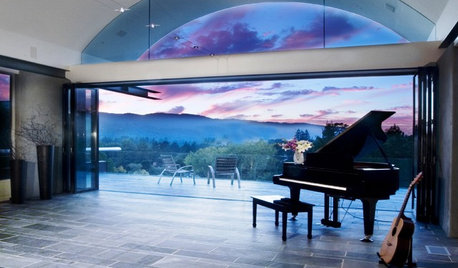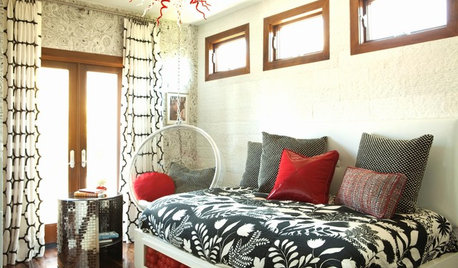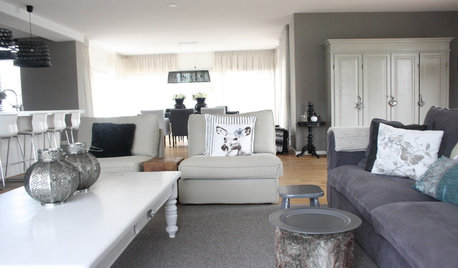Tomato position in beds
AmyinOwasso/zone 6b
9 years ago
Related Stories

EDIBLE GARDENSSummer Crops: How to Grow Tomatoes
Plant tomato seedlings in spring for one of the best tastes of summer, fresh from your backyard
Full Story
COLOR10 Reasons to Make a Splash With Tomato Red
You won’t duck at these tomatoes. See how bold red shades can play up architecture, light up a dark spot and add drama
Full Story
GARDENING AND LANDSCAPINGGarden Design Essentials: Positive-Negative Space
Discover how to place your garden forms for visual balance and eye-pleasing pattern in the landscape
Full Story
FARM YOUR YARDHow to Build a Raised Bed for Your Veggies and Plants
Whether you’re farming your parking strip or beautifying your backyard, a planting box you make yourself can come in mighty handy
Full Story
FARM YOUR YARDHouzz Call: Home Farmers, Show Us Your Edible Gardens
We want to see where your tomatoes, summer squashes and beautiful berries are growing this summer
Full Story
GARDENING AND LANDSCAPINGBuild a Raised Bed to Elevate Your Garden
A bounty of homegrown vegetables is easier than you think with a DIY raised garden bed to house just the right mix of soils
Full Story
SPRING GARDENINGInspiring Raised Beds for Fall and Spring Planting
Make Your Next Vegetable Garden Even Better with Beautiful Boxes and Paths
Full Story
BEDROOMSSpace Saver: Rotate the Bed
Try putting the long side of the bed against the wall for a more flexible furniture arrangement
Full Story
HOUZZ TOURSMy Houzz: Country-Chic Dutch Family Home
An organizer lightens up a dark 1970s farmhouse on a Netherlands tomato farm with open space and soothing shades of gray
Full StoryMore Discussions







zzackey
slowpoke_gardener
Related Professionals
Parole Landscape Architects & Landscape Designers · Avocado Heights Landscape Contractors · Columbine Landscape Contractors · Columbine Landscape Contractors · Garland Landscape Contractors · Lynn Landscape Contractors · Mendota Heights Landscape Contractors · New Braunfels Landscape Contractors · Wilsonville Landscape Contractors · Hawaiian Gardens Landscape Contractors · Merrifield Landscape Contractors · Fort Collins Decks, Patios & Outdoor Enclosures · Lewisville Decks, Patios & Outdoor Enclosures · Medford Decks, Patios & Outdoor Enclosures · Vandalia Decks, Patios & Outdoor EnclosuresAmyinOwasso/zone 6bOriginal Author
zzackey
Okiedawn OK Zone 7
AmyinOwasso/zone 6bOriginal Author
soonergrandmom
Macmex
Okiedawn OK Zone 7
zzackey
AmyinOwasso/zone 6bOriginal Author
Okiedawn OK Zone 7
AmyinOwasso/zone 6bOriginal Author
Okiedawn OK Zone 7